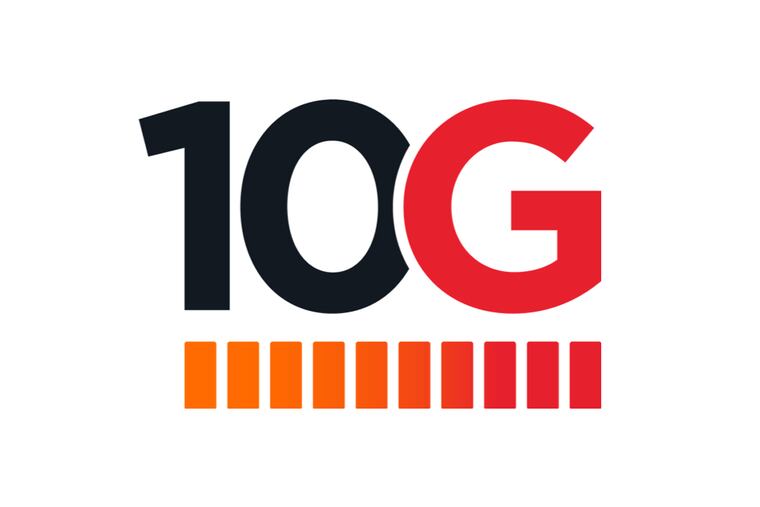2,000 Netflix streams to your home? Comcast, tech firms say it’s possible over tweaked cable-TV network
Comcast executives say 10 gigabit per second speeds over the internet will be “field tested” in two years and ready millions of consumer homes by the mid-2020′s on the existing cable network, with tweaks and new modems.

The trash-talked coaxial cable that ribbons America’s streets and neighborhoods for cable TV has a new life.
Comcast, Intel, and the industry consortium Cable Labs have developed internet speeds that could allow someone to stream 2,000 Netflix movies into their home at one time.
And while they predict their speed will blow away wireless firms' heavily marketed 5G coming this year, cable executives maintain that the two services would be complementary — cable for the WiFi-connected home and 5G for mobile.
Company officials say 10 gigabit-per-second speeds over the internet will be “field tested” in two years and ready for millions of consumer homes by the mid-2020s on the existing cable network, with tweaks and new modems.
“The common question is: ‘What is a consumer going to do with 10G today?’” said Phil McKinney, Cable Labs chief executive officer. “In reality, nothing.”
McKinney added that no one anticipated YouTube or Netflix until high-speed streaming became available over the internet.
Comcast, one of the nation’s largest internet providers, and Intel say that the 10G speeds could lead to “immersive experiences” and connect dozens of devices over WiFi. Homes will have 50 WiFi-connected tablets, laptops, smart phones, and home-automation gadgets by the early 2020s, according to industry estimates.
Company officials say that 10G could be used for derivatives of virtual reality, esports, or streaming the images of 40 cameras or more simultaneously over the internet.
Comcast and Intel announced 10G at the Consumer Electronics Show in Las Vegas on Monday night. Comcast expects to field test the 10G speeds in 2020 and deploy it within a few years to homes. Some of the Comcast technology is expected to be developed in Philadelphia.
“We don’t have to dig up streets and we don’t have to dig up yards,” said Tony Werner, president of technology and product experience in Comcast’s cable division, in a phone conversation on Monday. He said that Xfinity internet customers would need a new modem.
But other than that, Comcast’s basic network infrastructure, a hybrid of fiber lines and coaxial cable, would be used for what the industry is marketing as 10G. The 10G speeds can be attained through super-high-fast digital processing and coding, Werner said. Fiber is light-based, and coaxial is electric-based.
McKinney said that the existing cable network would support 10G speeds on the internet “without needing to invent anything.”
Kevin Werbach, a Wharton legal studies professor with an expertise in internet and telecommunications, said on Tuesday that the cable companies could theoretically upgrade the network to 10G. “But how much of this is marketing and how quickly consumers will see this is an open question.”
McKinney noted that “a lot of people have written off coaxial cable but it is extremely efficient when moving large amounts of data.”
Through the last 10 or 15 years, Verizon and others have said that light-based fiber telecom lines were the only future for high-speed internet and would kill cable’s coaxial lines. Verizon pumped billions of dollars into fiber-to-the-home and marketed the service as Verizon Fios. But cable companies continued to boost speeds over the coaxial lines and competed with fiber, though it was never clear how fast cable could make its coaxial and fiber network go.
Verizon has basically halted the build-out of Verizon Fios and sold off large parts of its land-based infrastructure, except for areas in the northeastern United States, including the Philadelphia area.
Verizon, AT&T, and other wireless companies now promoted 5G service for smart phones as the next new thing. This 5G stands for “fifth-generation” wireless services and not the bit speed itself of the service. Verizon’s 5G service is expected to range between 300 megabits per second and 1 gigabit per second, or one-10th the speed of what the cable firms are promising.